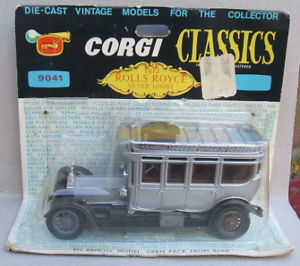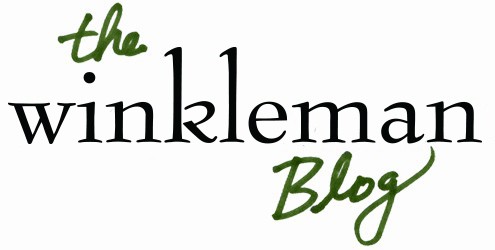Earlier this fall, my family undertook a move from an Upper East Side apartment to one in East Harlem. On top of our busy life at Winkleman Company, nonprofit board activities and my teaching at Columbia University, we’re still throwing our spare time at unpacking. Taking care to assess every piece of furniture, every knickknack and every memento that made the first cut of moving (but may not fit into our life’s new schema) has brought into focus for me the relationship of memory and possessions.
Philosophers and thinkers from the Greeks to the Renaissance often used the position of rooms and objects in the construction of “memory houses,” mental structures intended to organize their ideas — the ars memoriae, or “art of memory,” as the Romans called it. Perhaps the idea first came to its inventor during a home move.
Each object in each room signified a portion of the total concept to be remembered, and their placements relative to each other represented the relationship between them. While I took stock of our possessions, I recollected the story of each. I came to realize that our lovingly organized photo albums, bookshelves, artwork and furniture told the story of our lives together and

A 1912 Corgi Classic Rolls Royce Silver Ghost. When I bought mine it was the first time I saved towards a goal.
individually. The wall of family photographs catalogs the people whose stories intersect ours, from my grandfather in his pharmacy in the 1920s and my wife’s rocket-pioneering grandparents to my son graduating from high school. The vintage toy cars, like my prized 1912 Corgi Classic Rolls Royce Silver Ghost, and political memorabilia harken back to past times and youthful enthusiasms.
The same principle would apply to an organization’s story. Some of this arrangement is literal — the way you style your office, which achievements you display to your visitors and in what order — but also the way that you manage and track your operations. In the short term, it enables learning and saves time. How did we run this event last year? What worked and didn’t work? In the long term, though, inventory and reflection define your values and build your traditions. Archives and stories, whether legitimate files required by law or scrapbooks of letters from clients and students, digital or paper, all contribute to a picture of not only who you are, but where you’ve been and the lives you’ve touched along the way.
During my days at Clark University, for example, we were tasked with a logo redesign. Other members of the committee suggested hiring an ad agency, focus groups and designers, but we couldn’t quite agree on what the logo should convey. To find our identity, we went to the archives and looked at our school’s history. We saw what we’d achieved in the past, and we were proud of that tradition. Accordingly, we found an elegant logo from the 1920s that not only fit our current concepts, but nodded to our institution’s humble regard for the past successes that enabled us to seek excellence in the current moment.
As an organization, you must sometimes confront the question of modifying your presentation. Whether it’s a logo redesign or a total brand overhaul in preparation for a capital campaign, the next chapter of the story is impossible to write without reading the ones that have come before. Commitment to an archival perspective enables you, as a leader, to help your organization find its way forward.
For your sanity, it is important to remember that becoming a good archivist doesn’t necessarily mean keeping everything. Any compelling story requires development, and whether by loss or by the introduction of a better idea, sometimes this development requires us to let go of possessions, practices and people. While packing to move, I left some things behind, things that weren’t crucial to my life now because they didn’t contribute to the story of who I am. In doing so, I freed up a little space — blank pages, if you will — on which to continue the next chapter of my story.
